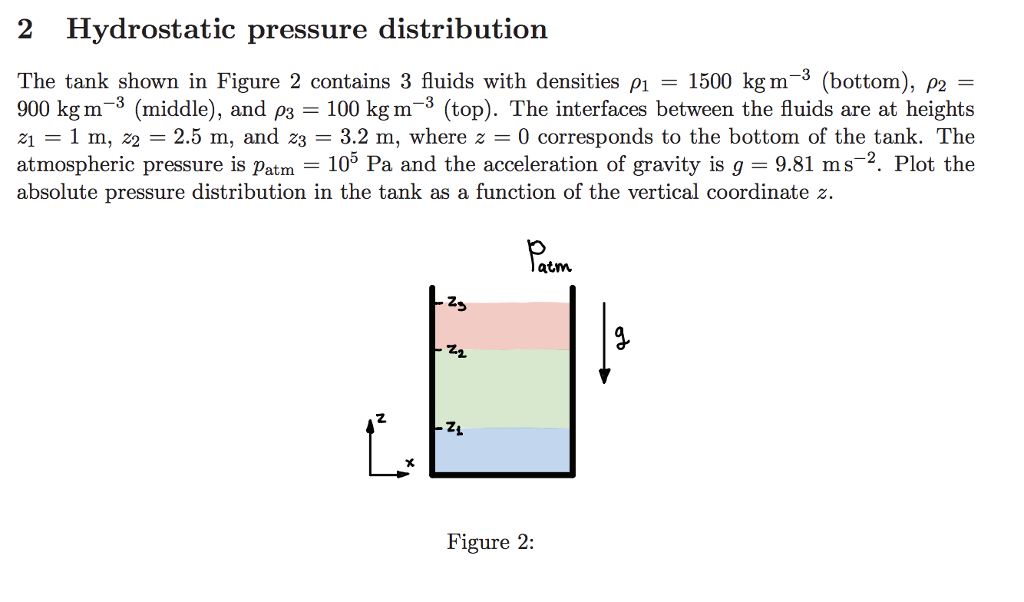

I clarified it to clear the misunderstanding(if any) of future viewers of this thread. PS: I know that you are perfectly aware of this from your first post on 8th September. Vertical section may not fail if we design the tank as per the pressure calculated by your method but bottom horizontal section may fail. This calculation is generally not useful for designing thickness of tanks, for the tank should be designed for the maximum pressure possible in the system i.e at the bottom most section of the tank. What you observed is known as the Hydrostatic Paradox. This can be judged by aligning the base of the balance arm with the top or bottom of the central marking on the balance rest. Close the drain valve at the end of the tank, then slowly add water until the hydrostatic force on the end surface of the quadrant is balanced. This calculation is generally used when we have to design hinged (or other)closures. Add water to the tank and allow time for the water to settle. Secondly, integration yields net pressure and net force on the tank wall and this acts at about 2/3rd height from the top of the tank. That is why I considered P 0 as redundant.

In my experience, all water tanks are atmospheric.

You come up with better knowledge whenever you are teased, yet never losing your temper.Ĭoming to the OP, I presumed, here, many things. I like even being devil's advocate with you.


 0 kommentar(er)
0 kommentar(er)
